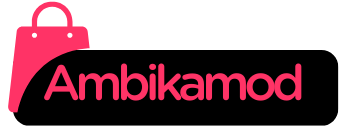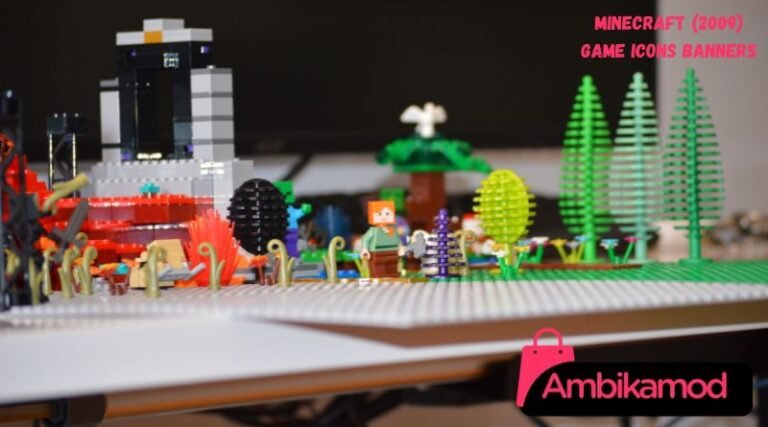The release of Minecraft in 2009 was a turning point in the world of gaming. This sandbox game has become a global phenomenon, captivating players with its open-world creativity, building mechanics, and unique visual aesthetic. One of the key components of Minecraft’s charm is its distinctive game icons and banners, which have evolved over the years but still retain their signature look. In this article, we will dive into the history and impact of Minecraft (2009) game icons banners, exploring how they have contributed to the game’s identity and how they are used by players today.
The Origins of Minecraft’s Iconography
When Minecraft was first released in 2009, its visuals were simple yet effective. The game’s design was minimalist, with pixelated graphics that harkened back to the 8-bit and 16-bit eras of gaming. The Minecraft (2009) game icons banners reflected this design philosophy. These icons and banners were more than just decorative elements—they were essential in helping players navigate the game world and communicate their identity in multiplayer servers.
In the early days, the game icons were primarily simple block-based representations of items, creatures, and tools. For instance, the iconic block of grass became synonymous with the game itself, and it was often used in various in-game icons. Players would see these icons as they crafted items or interacted with the world. Similarly, banners, introduced in later updates, allowed players to express their creativity through custom designs.
The Significance of Banners in Minecraft
Banners became a central element in the Minecraft experience after their introduction in the game’s 1.8 update. These decorative items allowed players to create unique symbols and patterns to represent their personal style or in-game achievements. With the Minecraft (2009) game icons banners, the possibilities for customization were endless. Players could use a combination of dyes, patterns, and designs to create flags, shields, and other symbols that conveyed a sense of ownership over a particular area or community.
One of the most notable uses of banners was in multiplayer servers. Players could craft banners to represent their clans or factions, often using Minecraft (2009) game icons banners to establish a visual identity. These banners could be displayed in a player’s base or even used as part of larger in-game events, such as battles or festivals. The introduction of this customization aspect added a layer of depth to the game’s already rich world, making it a more immersive and personalized experience.
How the Visuals of Minecraft Have Evolved
As Minecraft progressed, so too did its game icons and banners. While the game maintained its signature blocky, pixelated aesthetic, the Minecraft (2009) game icons banners evolved to incorporate more intricate designs and patterns. The introduction of new materials and textures gave players more options to choose from when crafting their icons and banners.
For example, in the game’s later updates, new dyes and patterns were introduced that allowed for more sophisticated banner designs. This included gradients, shapes, and symbols that made the Minecraft (2009) game icons banners even more versatile. Players could now create banners that looked like real-world flags, shields, or even abstract art. These advancements in customization made the game more visually dynamic and gave players even more creative freedom.
The Role of Minecraft’s Game Icons in the User Interface
In addition to their role as decorative items, the Minecraft (2009) game icons banners also played an essential part in the game’s user interface (UI). Game icons serve as the visual representation of items in the player’s inventory, as well as tools, weapons, and blocks. These icons are not only a way to identify objects but also provide important information about how they can be used or interacted with.
For instance, the icon for a pickaxe immediately tells the player that the item is used for mining, while a sword icon clearly indicates a weapon. The consistent use of Minecraft (2009) game icons banners throughout the UI helps players quickly recognize and interact with the tools and materials at their disposal. As the game continued to expand with new updates and content, these icons became more detailed, providing players with a clearer and more intuitive way of managing their inventory.
The Community Impact of Minecraft Icons and Banners
One of the defining features of Minecraft is its strong community. Over the years, players have shared their custom Minecraft (2009) game icons banners in online forums, social media, and YouTube videos, inspiring others to create their own designs. This collaborative spirit has fostered a creative exchange that has made the game’s iconography more than just functional—it has become a form of self-expression.
In multiplayer servers, banners were often used as symbols of unity or rivalry. Players would create banners that represented their teams or groups, using their Minecraft (2009) game icons banners to show affiliation and pride. These banners would then be displayed prominently in battle arenas, on flags, or as part of custom-built structures. The use of game icons and banners as a form of communication and social interaction within the game is one of the many ways Minecraft has fostered a sense of community among its players.
Creating Your Own Minecraft Game Icons and Banners
For those looking to create their own Minecraft (2009) game icons banners, the process is straightforward and fun. Players can use a crafting table to combine dyes and banners to create intricate designs. By experimenting with different combinations of shapes, colors, and symbols, players can develop their own unique game icons and banners that reflect their personal style.
In addition to in-game crafting, several online tools and resources allow players to design and preview their Minecraft (2009) game icons banners before implementing them in the game. These external tools can be especially useful for players who want to experiment with complex designs and patterns without the trial-and-error process involved in crafting them within the game itself.
The Future of Minecraft’s Game Icons and Banners
As Minecraft continues to evolve, it is likely that the Minecraft (2009) game icons banners will also continue to adapt. With each new update, Mojang adds new textures, items, and customization options, providing players with even more ways to express themselves through their game icons and banners.
Looking ahead, it is possible that new technologies like 3D models or advanced graphic techniques could further expand the capabilities of game icons and banners. However, it’s also important to remember that Minecraft’s charm lies in its simplicity. The iconic visuals of the Minecraft (2009) game icons banners are a testament to the game’s enduring popularity and its ability to connect players through a shared, creative experience.
Conclusion
In conclusion, the Minecraft (2009) game icons banners are not only a vital part of the game’s visual identity but also a key aspect of its social and creative experience. These icons and banners have evolved over time, offering players more opportunities for self-expression and enhancing the immersive nature of the game. From their humble beginnings in 2009 to their current status as a central feature of Minecraft, the game’s icons and banners continue to play an essential role in shaping the way players experience and interact with the world of Minecraft.
By understanding the significance of these visual elements, we can gain a deeper appreciation for how Minecraft has maintained its place in the hearts of players worldwide. Whether crafting a banner to represent a faction or simply enjoying the game’s familiar icons, these elements continue to be a core part of the Minecraft experience, helping to define what makes this game so unique and beloved.

